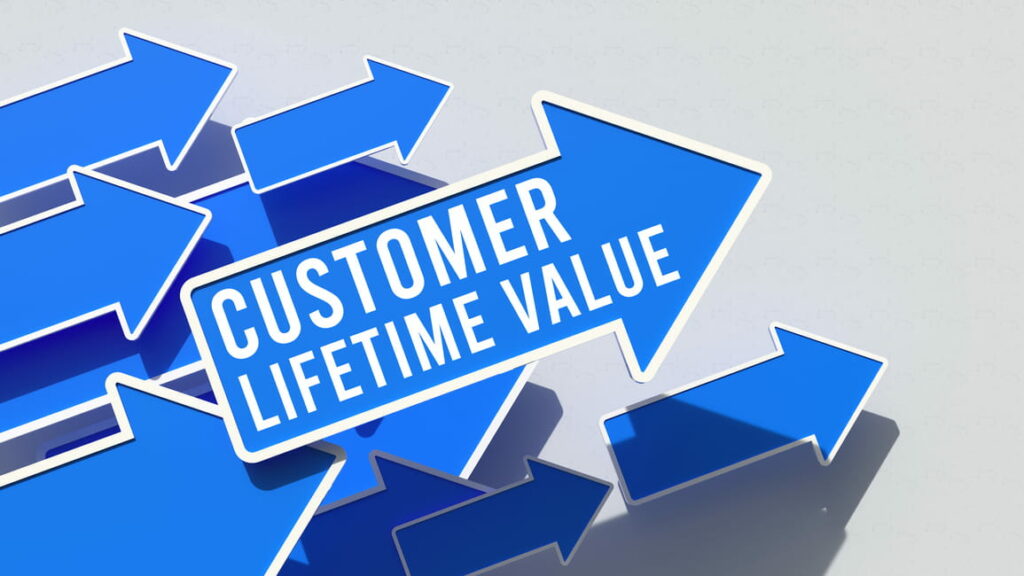
As insurance carriers and brokers in the health, life, and Medicare verticals struggle from growing customer churn each annual enrollment period, these advertisers run the risk of losing money through unprofitable customer acquisition. That is, when consumers become less likely to renew with the carrier or broker they enrolled with, advertisers sometimes wind up overpaying to acquire them.
For instance, let’s say you’re acquiring Medicare customers at a certain cost per new customer. If a customer stays with you for two years, you might be earning a positive return on investment. But if a customer only stays with you for one year, you’re suddenly only earning half as much money from a customer that you’ve paid the same cost to acquire. And that means you could be losing money.
In order to avoid this outcome, insurance advertisers need to be closely attuned to the true lifetime value they receive from different kinds of consumers. This way, they’ll be able to adjust bidding strategies to pay more for consumers who are expected to deliver more value, and less for those that are expected to generate more long-term revenue for the company.
Rather than optimizing your spending by cost-per-acquisition, we recommend working to optimize a metric known as lifetime value-to-customer acquisition costs (LTV-to-CAC). This powerful measurement tool tracks the long-term value you receive from your customers, as compared to the costs you paid to acquire them. When you do this, you’ll be able to put yourself in the best possible position to acquire customers profitably—even when you’re facing high churn.
3 ways to optimize LTV—online vs. offline, publisher and channel, and by customer
Measuring lifetime value can be challenging for insurance advertisers because they might not always have the data and systems they need to connect each policy sale to the online application that led to it. But even if you don’t have all the data you need to track the lifetime value of every consumer, there are still ways to make smarter customer acquisition decisions based on LTV-to-CAC.
Here are three ways to do it:
Online vs. offline lifetime value: At the base level, you should be able to measure the aggregate lifetime value of the customers you acquire online and offline. Then, you can divide these numbers by the total amount of money you spend on customer acquisition in the online and offline channels.
This way, you can get a sense of how much each online and offline customer is worth to your business, and then adjust your bidding accordingly. From our experience, we’ve found that online customers tend to renew at higher rates, making them worth more than offline shoppers over the lifetime of their relationship with a carrier or broker.
Lifetime value by publisher and referring channel: If you have the right data and communication systems in place, splitting out your customer lifetime value by publisher and channel can help you adjust your bidding for greater profitability.
For instance, you might find that certain publishers are delivering more value for you than others. Or, if a publisher is delivering a negative return on investment for you, you can lower your bids so that you’ll be able to acquire new enrollees from them profitably.
We’ve found that the channel that refers the consumer to a publisher—that is, whether the consumer came to the site from a paid social ad, an organic search query, a display ad, etc.—can frequently have even more impact on lifetime value than the publisher. That’s why channel-level optimization is a must if you have the data to do it.
Customer-level lifetime value: In a best case scenario, you’ll be able to connect every one of your marketing clicks to the online or offline sales that were generated from them. This way, you’ll be able to measure lifetime value at the user level.
With this information in hand, you’ll be able to analyze how precise audience groups are impacting your LTV-to-CAC and bid granularly to acquire them profitably. So if you notice that consumers in a specific state who come to your site from a specific channel have a lifetime value that’s 35% higher than normal, you can raise your bids for these shoppers to acquire more of them.
Want more help optimizing your customer acquisition for maximum profitability? We’d love to lend a hand.
As consumers continue to have the option to switch plans each year during open enrollment, carriers need to make sure that their customer acquisition strategies can withstand and account for churn.
By optimizing for customer lifetime value and implementing a rigorous program of testing your results and adjusting your bidding for future performance, you’ll be well on your way to building your customer base while generating a strong return on investment.
If you have more questions about effectively tracking your conversions or improving your profitability, our team of hands-on industry experts is always ready to help. Just reach out to your account manager to schedule a meeting. And if you’re not already a MediaAlpha customer, you can learn more about what we have to offer by finding a time to speak with us on our website.